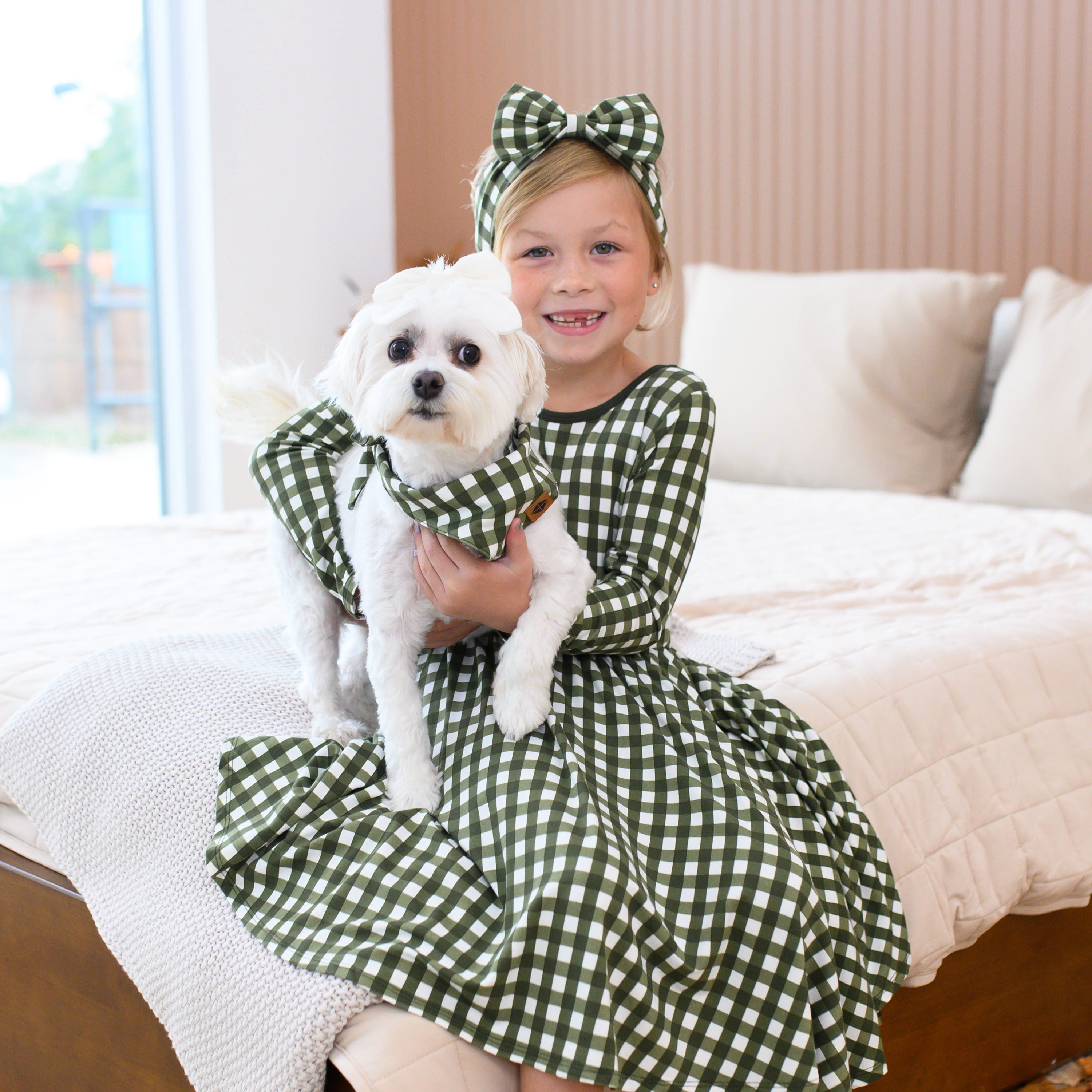Well, Mama, you did it! After 12 weeks of navigating the new waters of parenthood, you’ve surfaced on the other side with your little one, who is now no longer a newborn. Although the nights have been long and sleepless, you’re probably looking down at your 3-month old and thinking, When did you grow up? Gone are the jerky, awkward newborn movements and your baby’s personality is really starting to shine through. You may also be feeling much more settled in your role as a parent, now that you and your baby are in the rhythm of a daily routine. In just a few short months, your little one has transformed into a much more active and responsive baby. It’s an exciting thing to be able to truly interact with your child and be rewarded with those coos and smiles that send your heart aflutter. Here’s what you can expect from your baby’s development during month 3 and 4:
GROWTH SPURTS
By now, your baby has probably already gained 30% of her body weight and grew 20% in length. The rate of growth is impressive, and she’ll continue to grow rapidly over the next few months. If it seems like she’s outgrowing clothes faster than she can wear them, you’re not imagining things. In the next month, she’ll most likely double her birth weight. Remember when everyone told you, Don’t buy too many clothes and you didn’t listen because all those tiny outfits were just too cute to resist? Well, they may have been right, but just pack away all the clothes you didn’t use and save them for the next baby or the next baby shower you attend.
If your baby is breastfed, continue to feed on demand. If you use formula, you may want to start creating a feeding schedule. By now, you might have begun to notice patterns in your baby’s eating habits. She’s probably taking in more ounces per feed, which keeps her fuller longer, leading to more time between feeds. This makes it easier to create or predict a schedule. Still, remember to still put your baby’s needs first. Just like us, babies are hungrier some days than others, and their intake may vary from day to day. So, just follow her lead and don’t sweat it if her “schedule” changes slightly.

THUMB-SUCKING
Now that your baby’s movements are becoming much more deliberate, she may have “discovered” her hands and begun putting her fingers in her mouth. If she’s taken to thumb-sucking, there’s no need to worry yet about breaking the habit. You may be thinking of the cost of future orthodontic care if she continues sucking her thumb well into childhood, but you can rest easy for now. It’s perfectly natural for your baby to suck her thumb, and it’s actually a soothing mechanism that works in your favor.
When you weigh thumb-sucking against pacifier use, thumbs win out. Parents have a love-hate relationship with pacifiers. They do what they’re meant to do—pacify—but when your baby is wailing for the millionth time that night because you need to replace it in her mouth, you can’t help but curse the darned thing! Thumbs, on the other hand, are conveniently attached to your baby. There’s no groping around the crib, trying to locate one in the dark. If your baby learns to suck her thumb, just count your blessings that this newfound habit is not only adorable, but also helping you get more sleep.
EASIER TUMMY TIME
Although your baby may have been an abject hater of tummy time in her newborn days, she is probably less opposed to spending time on her stomach now. Not only is she more alert and aware of her surroundings, she has much more trunk strength, which helps her better tolerate the position. When placed on her tummy, she lifts her head and chest off the floor. If your baby hasn’t yet rolled in either direction (they usually roll from tummy to back first), she may do so soon. Curiosity is motivating her to keep her head lifted, so keep her interested during tummy time by holding out objects for her to look at.
One great way to interact with her is to place her on an elevated surface (such as the couch) and sit in front of her to give her a perfect view of your face. Your face is one of her favorite things to look at, and this is a wonderful time to let her mimic your facial movements. Stick out your tongue and watch her try to copy you! If she coos, imitate her sounds and make a game of it.

REACHING FOR OBJECTS
Previously, your little one may have passed the time in her play gym by looking up at the objects hanging above her face. Now, she is beginning to interact with them! First, she will reach up to touch the objects, then eventually will begin to bat at them. Hold a toy in front of her, and watch your baby reach out to grab it. Although her accuracy still needs work, you can aid her by placing the object in her hand when you see her attempting to grasp it. If you don’t already have a rattle, you may want to consider giving her one so that she can shake it! This will help her interact with the world and make the connection between her action and the sound of the rattle. It’s pretty adorable, so get the camera ready!
TRACKING OBJECTS
While your baby’s eye movements have been shaky in her newborn days, she can now smoothly track objects. You’ll notice that she follows moving things with her eyes, especially you! Her vision has also improved, and she can see further and better than ever before. The world has become a lot bigger to your little one, which means now she can spot you when you’re all the way across the room. Now that she’s much more aware of her environment, pay close attention to the way her eyes follow a toy; this is how she’s able to reach for them now and develop her hand-eye coordination!
SLEEPING LONGER (HOPEFULLY)
Can it be true? Do you dare to believe it? Although it varies from baby to baby, your little one has started to show more patterns in her sleep schedule, making the number of naps and time spent sleeping more consistent. Now that the fourth trimester is over, you are probably getting at least a little more sleep than you were before. This is usually around the time that babies start to sleep for longer stretches because they no longer need to eat every two hours. Nighttime sleep is a little more organized, meaning you get that much-needed and well-deserved rest.
Unfortunately, because all good things must come to an end, the 4-month sleep regression may be right around the corner. The infamous regression, thought to be caused by the maturation of your baby’s sleep cycle, hits harder for some than others. But, chin up, mama. Nothing is forever, and sleep regressions are no exception. Your baby is changing and learning every day, which makes for a busy brain, busy body, and it’s no wonder that her sleep will be continually disrupted by something or other for the foreseeable future.

As you watch your baby develop, it can be hard to resist comparing her to other babies. Babies grow at such different speeds that milestones are hit within wide ranges. Even if your friend’s baby was rolling over at 2 months, there’s no need to worry if yours doesn’t until she’s 5 months. Our advice? Follow your gut, trust your instincts, and check in with your child’s pediatrician if you have any concerns. But, remember that your baby is going at her own pace, and that there’s no rush.
























